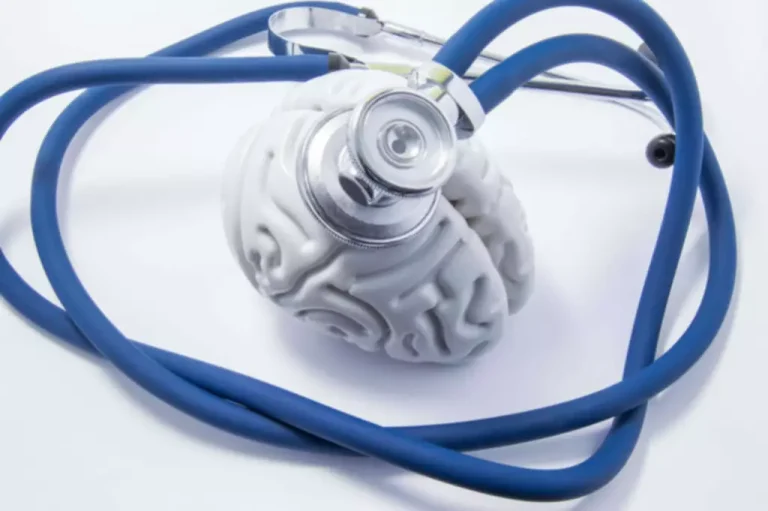
This requires honest discussions about pot’s risks and its impact on lower-income, minority communities—especially as governments subsidize marijuana businesses in these areas. It’s not far-fetched to imagine future lawsuits from these communities against local governments for promoting the spread of legal weed. The vision of legal marijuana that advocates promised has proved to be a dangerous illusion. Efforts to expand the industry under the banner of social equity raise uncomfortable questions. In 2023, New York governor Kathy Hochul announced a $5 million plan to subsidize community college courses and credentialing programs to promote “employment in the emerging cannabis industry.” Illinois similarly has a Community College Cannabis Vocational program.
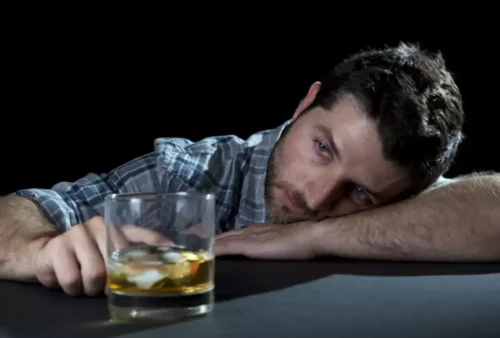
A Root Cause of Addiction
- Motives are robust proximal indicators of cannabis use and, in some cases, related problems (e.g., CUD).
- There’s evidence that it was used in Central Asia and Western China to treat health issues such as arthritis, asthma, pain, and depression.
- But checking every vehicle was impossible back then, just as it is now.
- And the more blunted their response to the methylphenidate, the more negative emotions they felt, including irritability, anxiety, depression, and aggressiveness.
- Today, more than half of Americans live in places where pot is legal for recreation.
- They suffered big setbacks when recreational legalization initiatives in Florida, North Dakota, and South Dakota all failed to pass in November.
In some states, doctors can prescribe marijuana for medicinal uses such as reducing muscle spasms, pain, nausea, and vomiting. All substances that affect the mind carry their own set of risks and harms, some unique to the substance. The most well-established, long term harm of regular cannabis use is addiction. It is often difficult to compare risks and harms between substances.
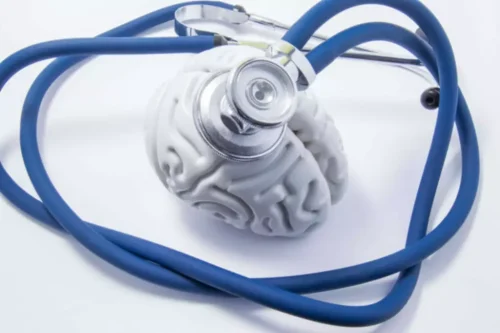
Substance Use
For someone to be considered addicted, he or she must meet at least two of the 11 criteria, which include an inability to reduce consumption, constant cravings, and relationship and social problems. Adolescence, a period during which the brain is undergoing major changes, is an extremely poor time period for young people to try the effects of marijuana. Cannabis use in adolescence has been reported to increase the risk for schizophrenia. Delta-8 THC is another intoxicating cannabinoid found in the cannabis plant. Eating large amounts of products containing delta-8-THC has led to medical emergencies, including breathing problems5,6.
Cannabis/Marijuana Use Disorder
One approach, call motivational interviewing, helps to turn ambivalence about quitting into energy to quit. Like the naturally occurring cannabinoids present in the cannabis plant, there are a number of synthetic cannabinoids that are made in a laboratory. Food and Drug Administration to treat nausea and vomiting induced by chemotherapy, both available in capsule form.
FIND TREATMENT:
- In the new DSM-5, addictive disorders related to cannabis are defined as Cannabis Use Disorder, a condition that can impair the ability to control use, and have social impact.
- Yale Medicine doctors are conducting exciting research in the fields of marijuana and other addiction treatments.
- The American Psychiatric Association’s most recent criteria for substance use disorders include tools to identify cannabis addiction.
But there are real risks for people who use marijuana, especially youth and young adults, and women who what is alcoholism are pregnant or nursing. There’s evidence that it was used in Central Asia and Western China to treat health issues such as arthritis, asthma, pain, and depression. Regular marijuana use may cause you to have more pain after surgery. If you use these drugs more, you’re at risk for opioid use disorder.
Increased extracellular glutamate levels activate inhibitory metabotropic glutamate receptors, reducing glutamate neurotransmission (Samuni et al. 2013). The upregulation of glutamate signaling during the anticipation/preoccupation phase may be counteracted with NAC treatment, reducing clinical symptoms of craving and therefore reducing relapse rates. A 2014 review article summarizes two studies that evaluated NAC therapy in CUD.
- In 2023, 42 percent of respondents aged 19 to 30 reported using pot, up from 28 percent in 2012.
- Not everyone who enters treatment for a marijuana addiction does so willingly.
- They may not be aware that this has happened and that their behaviour is causing problems for themselves and others.
- For instance, one study of 84 CBD products found that 18 of them contained THC.
- Springfield police recently raided four homes involved in illegal cultivation, estimating that each contained over $1 million in marijuana; one operation was valued at $28 million.
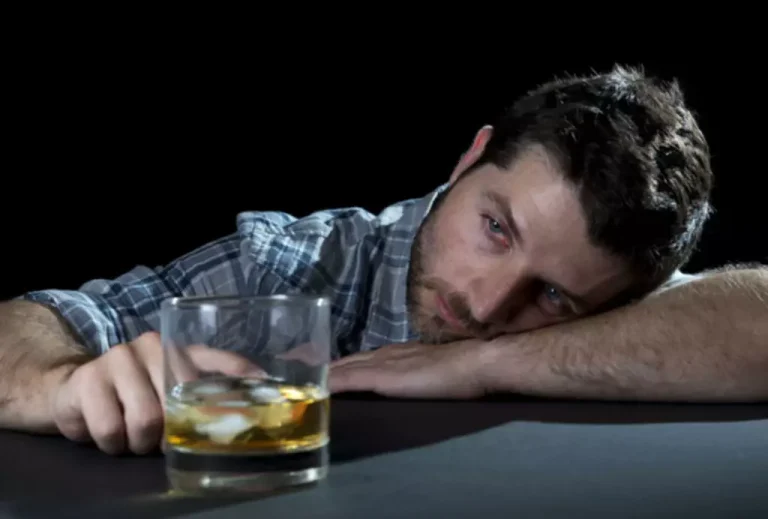
The ABCD Study® explores the effects of environmental, social, genetic, and other biological factors on the developing adolescent brain. This study will provide critical insights into risk and resilience factors for cannabis and other substance use to inform future prevention interventions. See ABCD Study® results on cannabis exposure for more information. Over the past few decades, the amount of THC in marijuana has steadily climbed; today’s marijuana has three times the concentration of THC compared to 25 years ago. The higher the THC amount, the stronger the effects on the brain—likely contributing to increased rates of marijuana-related emergency room visits.
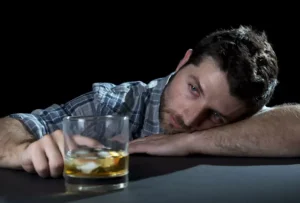
Critics charge that such initiatives, combined with funding to boost pot businesses in “underserved areas,” could raise risks of harmful outcomes in vulnerable communities. Meantime, the slow rollout of licensed pot shops in New York City, where only 60 state-approved dispensaries are in operation three years after the legislature legalized marijuana, has unleashed a tsunami of illegal retailers, forcing authorities into a new war on pot sellers. After does weed have addictive properties state officials authorized local authorities to clamp down on these illegal sellers, cops closed some 700 unlicensed New York dispensaries in just six months. In California, which legalized recreational pot back in 2016, officials in Los Angeles spent several years waging war on illegal sellers, shutting down hundreds of unlicensed outlets that were undercutting licensed businesses. The Michigan study doesn’t focus on teens, but other research reveals worrisome trends. A 2020 study in the American Journal of Preventive Medicine, which followed hundreds of children in Washington State over several years, found that teens were much more likely to report using pot after legalization.
Marijuana Addiction and Abuse
You might make less endocannabinoid, which your body produces on its own. That means you may need to use more of the drug to feel “normal,” or you may feel stressed out when you’re not using it. Some people are also more prone to becoming addicted than others.
